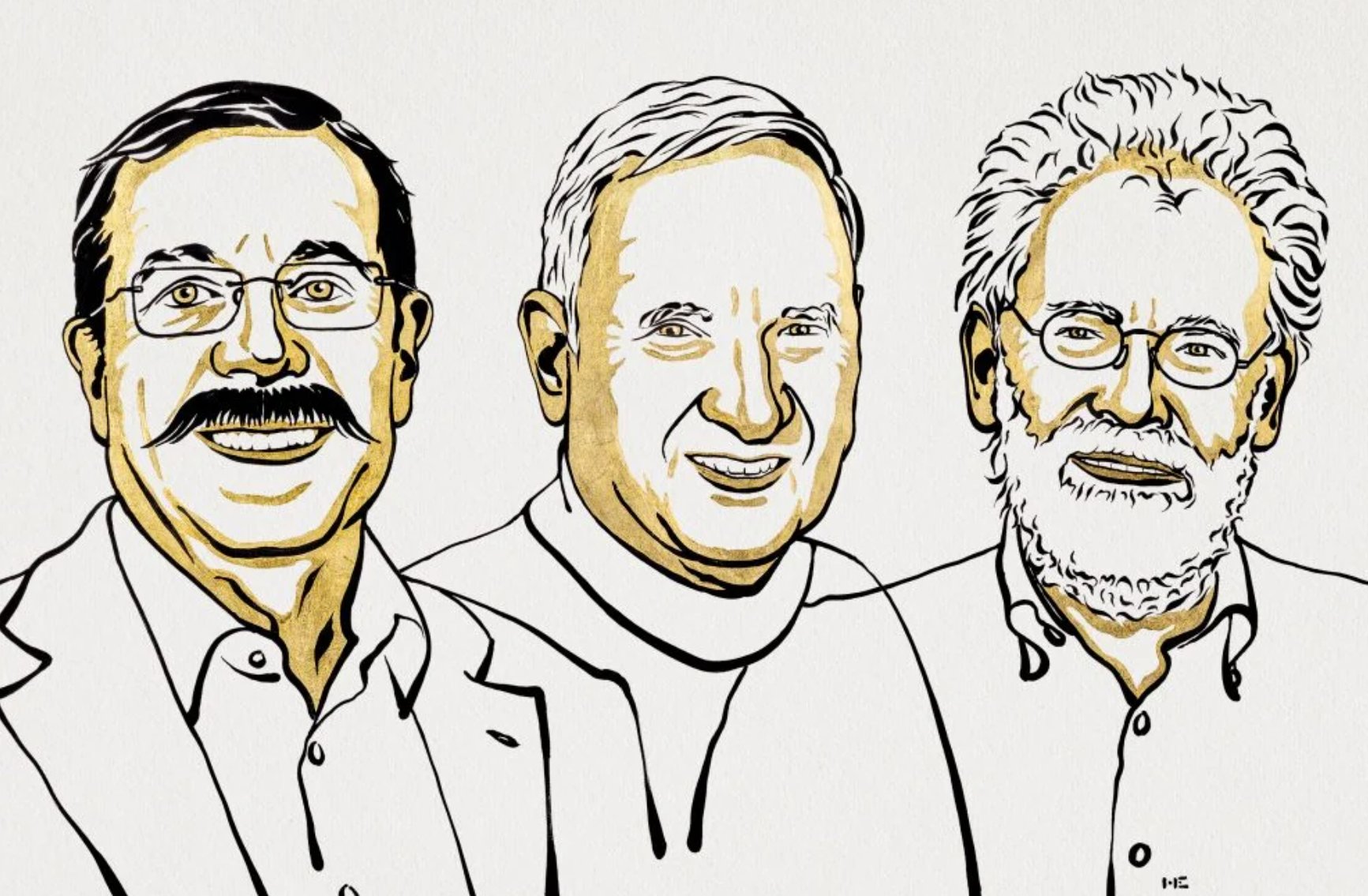

After awarding three climate change modelers with the physics prize last year, the Nobel Committee recognized another trio of theorists in the field this year. Earlier today, it announced John F. Clauser, Alain Aspect, and Anton Zeilinger as the winners of the 2022 Nobel Prize in Physics for their independent contributions to understanding quantum entanglement.
Quantum mechanics represents a relatively new arena of physics focused on the mysterious atomic and subatomic properties of particles. Much of the research dwells on individual conditions and reactions; however, some experts theorize that two or more, say, photons can share the same state while keeping their distance from each other. If so, an expert can analyze the first sample and assume what the second, third, or fourth ones might be like.
[Related: Nobel Prize in Medicine awarded to scientist who sequenced the Neanderthal genome.]
The phenomenon, called quantum entanglement, could hold answers to how energy flows through the universe and how information can travel over isolated networks. But some detractors wonder if the similarities in states are simply coincidental, or borne from other hard physics variables. Albert Einstein himself was skeptical of the explanation, calling it “spooky action at a distance” and a paradox in a letter to a colleague.
That’s where Clauser, Aspect, and Zeilinger come in. All three have designed experiments that address potential loopholes in the quantum entanglement theory, otherwise known as Bell inequalities. Clauser, an independent research physicist based in California, tested the polarization of photons emitted by lit-up calcium atoms with the help of a graduate student in 1972. His measurements matched those from previous physics formulas, but he worried that the way he produced the particles still left room for other correlations.
In response, French physicist Alain Aspect recreated the experiment in a way that detected the photons and their shared states much better. His results, the Nobel Committee stated, “closed an important loophole and provided a very clear result: quantum mechanics is correct and there are no hidden variables.”
[Related: NASA is launching a new quantum entanglement experiment in space.]
While Clauser and Aspect looked at entanglement in pure particle physics, Zeilinger expanded on it with the emerging fields of computation and encryption. The professor emeritus at the University of Vienna fired lasers at crystals to create mirroring photons, and held them at various measurements to compare their properties. He also tied in data from cosmic radiation to ensure that signals from outer space weren’t influencing the particles. His work set the stage for technology’s adoption of quantum mechanics, and has now been applied to transistors, satellites, optical fibers, and IBM computers.
The Institute of Science and Technology Austria issued a statement this morning congratulating Zeilinger, a former vice president in the group, and his fellow Nobel Prize recipients for their advancements. “It was the extraordinary work of Aspect, Clauser, and Zeilinger that translated the revolutionary theory of quantum physics into experiments,” they wrote. “Their demonstrations uncovered profound and mind-boggling properties of our natural world. Violations of the so-called Bell inequality continue to challenge our most profound intuitions about reality and causality. By exploring quantum states experimentally, driven only by curiosity, a range of new phenomena was discovered: quantum teleportation, many-particle and higher-order entanglements, and the technological prospects for quantum cryptography and quantum computation.”
